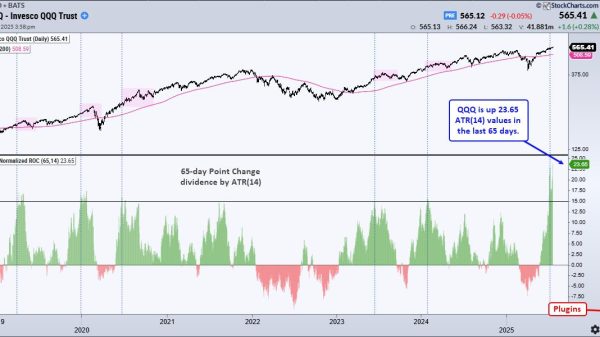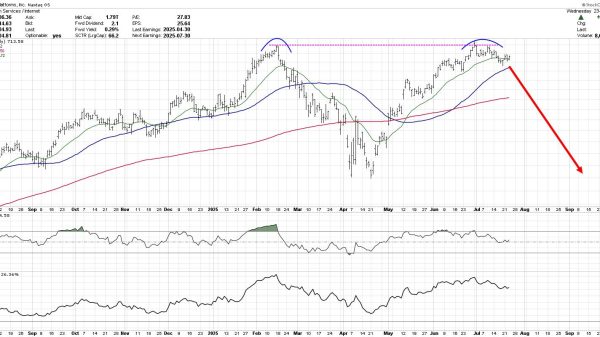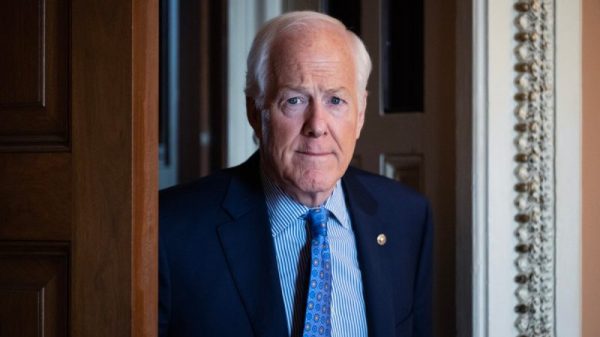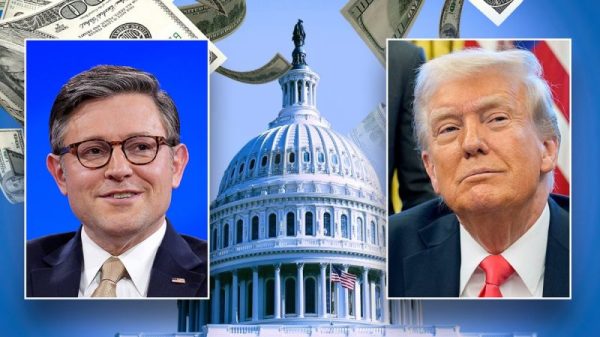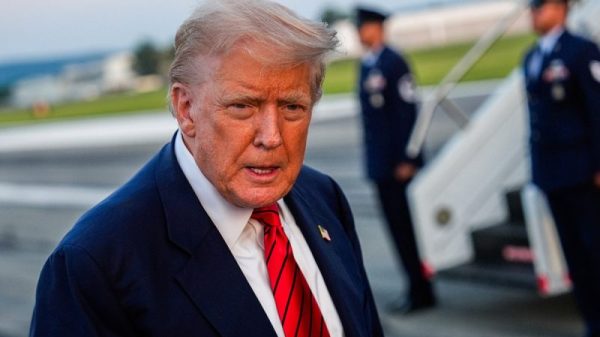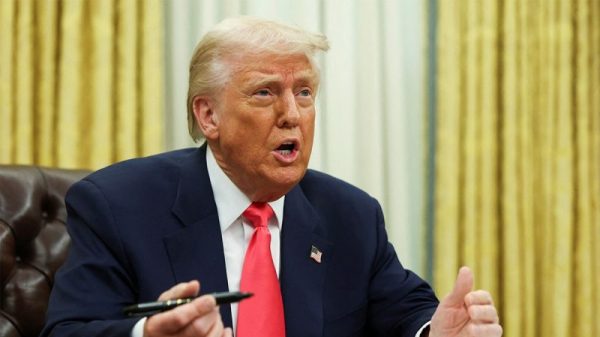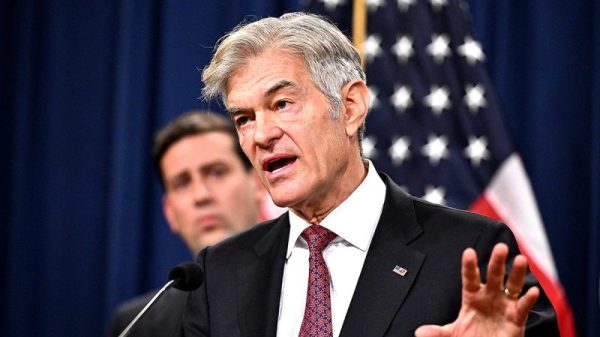The newly created Trump Accounts in the One Big Beautiful Bill are being pitched as a way to boost savings, build generational wealth, and possibly replace Social Security. They are unlikely to do any of those things.
The accounts are seeded with a $1,000 federal deposit for babies born before 2029. But the accounts offer limited additional tax benefits and come with overly complex rules that will discourage uptake and are unlikely to boost total savings.
Instead of further complicating savings and the tax code, Congress should pursue Universal Savings Accounts that address a real need in the current complex savings system: flexible, transparent, and simple accounts that remove penalties on Americans who withdraw personal savings for their own purposes.
What Are Trump Accounts?
The new accounts function like Roth IRAs, with less favorable tax treatment for investment gains. The accounts allow after-tax contributions but also apply ordinary income tax rates to investment gains and contributions by employers, governments, and charities. Here are some of the key features:
- Automatic government contribution of $1,000 per child born in the US between January 1, 2025, and December 31, 2028, regardless of parental immigration status.
- Parents, relatives, and friends can contribute up to $5,000 a year (non–tax deductible), and employers can contribute up to half of that amount, which is not included in employee taxable income. Nonprofit and government contributions do not count toward the $5,000 annual limit.
- Funds must be invested in low-cost index funds, composed primarily of US equities.
- Withdrawals are allowed starting at age 18 but are subject to penalties.
- Upon withdrawal, ordinary income tax rates (not the lower capital gains rate) apply to the full contribution made by employers, governments, and charities and to the investment earnings on after-tax contributions from parents, relatives, or friends.
- Withdrawals before age 59.5 incur an additional 10 percent penalty unless it satisfies an existing IRA exemption, such as paying for higher education or up to $10,000 ($20,000 for a couple) for a first-time home purchase.
The $1,000 federal contribution is temporary, but the underlying account structure is a permanent feature of the tax code. The final legislative text for the accounts differs in important ways from earlier versions of the proposal.
Better Benefits Elsewhere in the Fractured Savings Account System
The US income tax system discourages saving by taxing income multiple times, first when earned, then again on interest, capital gains, dividends, and sometimes at death. Corporate income taxes add another layer on equity investments. To offset some of this bias, Congress created qualified savings accounts, such as 401(k)s, individual retirement accounts (IRAs), and 529 education saving plans, which all essentially eliminate taxes on investment returns used for designated expenses.
Trump Accounts add a twelfth tax-advantaged savings account to the US tax code. Like each of the existing accounts, a Trump Account comes with its own new unique rules around eligibility, contributions, investments, and distributions.
The Wall Street Journal reports that “financial advisers say a Trump account is certainly worth it for the free money, but parents should look at other savings options before they add their own funds to the accounts.” Financial professionals recognize these accounts as primarily a new handout, not a better way to help Americans save for retirement or other needs. The lack of relative tax advantage is because the investment earnings on after-tax contributions still face ordinary income taxes when withdrawn, unlike other tax-advantaged accounts.
For example, the existing 529 education saving plan provides larger tax advantages by permitting after-tax contributions, with no taxes at withdrawal. It is also more flexible, allowing more types of education expenses and up to $35,000 in rollovers to a Roth IRA. Even taxable custodial brokerage accounts can provide better tax minimization than the new accounts, because the earnings on after-tax contributions face the lower capital gains rate (instead of the higher ordinary income rate). The new savings accounts likely provide their largest private tax advantage to employer transfers and interest income on early childhood, non-education savings, a narrow benefit.
The introduction of a new, less tax-advantaged account is unlikely to meaningfully increase private savings beyond what Americans are already putting away in existing accounts. Rather than fixing the complexity that discourages participation, Trump Accounts add yet another layer to an already fractured system.
Will Trump Accounts Replace Social Security?
In a recent appearance, Treasury Secretary Scott Bessent called Trump Accounts “a backdoor for privatizing Social Security.” Economist Alex Tabarrok echoed this view, suggesting “the accounts could reduce reliance on social security if held for long periods of time.” The implication is that private wealth accumulation could gradually displace the need for public retirement benefits.
But that’s far from guaranteed. As Veronique de Rugy pointed out in testimony before the Senate Finance Committee, government-seeded savings accounts will be financed by selling government bonds and raising future taxes to pay for the additional debt accumulation. She explained that this means “such a program would not create new savings per se since it would generate ‘savings’ in one place with money from reduced savings in another.”
At best, government-funded accounts will transfer resources from current asset holders to younger Americans. The accounts do not create new savings; they merely shift resources from taxpayers and investors to account owners. It’s redistribution, not wealth creation.
If the goal is to reduce long-term intergenerational transfers, a more direct approach would be to scale back the pay-as-you-go Social Security and Medicare systems, which currently redistribute significant income from working-age Americans to retired Americans.
Trump Accounts are also legally, financially, and politically disconnected from Social Security. Even if the accounts are successful at building long-term wealth, existing private retirement accounts like 401(k)s and IRAs have not meaningfully advanced Social Security reform, despite seniors being the most financially secure age demographic. Given that track record, there’s little reason to believe a new federal transfer program will reduce existing popular transfer spending without a specific policy trigger.
A Better Path Forward: Universal Savings Accounts
Trump Accounts simply layer another complicated savings vehicle onto an already fragmented system. Congress should allow the temporary government contributions to expire and reform the accounts to function like Universal Savings Accounts. This reform would allow the same after-tax contributions but remove the taxes and penalties on withdrawal so that individuals’ savings could be used at any time, for any reason. No penalties, no qualified expenses, no government micromanagement.






